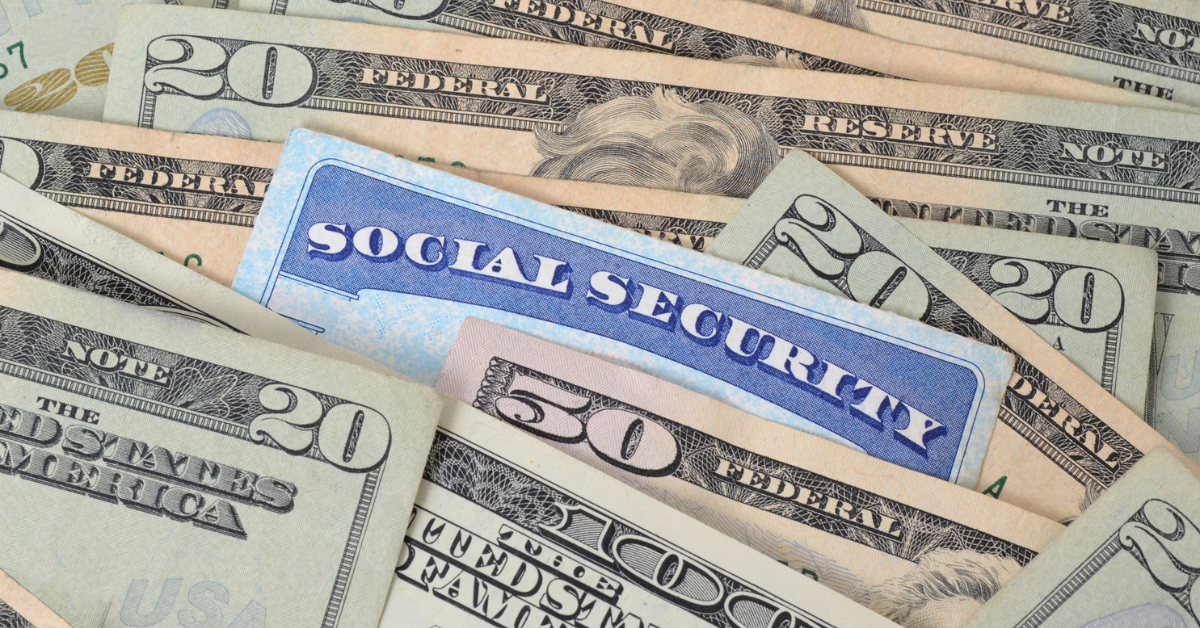In an announcement that has many Social Security recipients worried, some may see a reduction in their monthly payments starting in June 2025 due to a new federal policy. As part of efforts to recover unpaid federal student loan debts, the U.S. government will begin garnishing Social Security payments for those who are behind on their student loan obligations.
This new policy will affect millions of Americans who are still paying off student loans, including those receiving Social Security benefits. While this move aims to recoup the billions of dollars in student loan debt that remains unpaid, it raises significant concerns for individuals who depend on these benefits to cover their everyday expenses.
Here’s everything you need to know about the upcoming changes.
What Are Garnishments?
Garnishment is a legal process through which a portion of an individual’s income is deducted and sent directly to pay off a debt. In this case, the government has the authority to garnish Social Security benefits to collect unpaid student loans. While the government can garnish wages and tax refunds for federal student loan debt, Social Security garnishments are a more recent development that is catching many off guard.
How Will This Affect Your Social Security Payments?
Social Security garnishments will begin on June 1, 2025, but the amount deducted from Social Security checks will vary depending on the amount of the debt. The government has set limits on how much of a person’s Social Security payment can be garnished. For individuals who are 65 years or older, the maximum garnishment is 15% of their monthly benefits, which can result in a significant reduction for those with large student loan balances.
For example, if someone receives $1,500 in Social Security benefits and has a student loan debt of $50,000, 15% of their check ($225) could be deducted each month until the debt is fully repaid.
Who Will Be Affected by the New Policy?
The policy will primarily impact those who are in default on their federal student loans. According to recent data, the U.S. Department of Education estimates that nearly 10 million Americans are currently in default on their federal student loans.

However, not all Social Security recipients will see their payments reduced. If a person is not behind on their student loan payments, they will not be affected by the garnishments. The new policy specifically targets those who have defaulted on their loans and have not made arrangements with their loan servicer for a repayment plan.
How to Avoid Garnishment of Your Social Security Payments
If you are concerned that your Social Security payments may be garnished, there are several options to avoid this from happening:
- Repayment Plans: If you are behind on your federal student loans, it’s important to get in touch with your loan servicer to set up a repayment plan. There are income-driven repayment options that could significantly reduce the amount you are required to pay each month.
- Consolidation: For those with multiple student loans, consolidating them into a single loan may be an option to help manage monthly payments and prevent default.
- Loan Forgiveness Programs: If you meet certain qualifications, such as working in public service or qualifying for teacher loan forgiveness, you may be able to have your student loan debt forgiven.
- Temporary Payment Suspension: If you are unable to make payments due to financial hardship, you may be eligible for a temporary forbearance or deferment. This will temporarily stop your loan payments, though interest may still accrue.
It is important to note that while you may be able to avoid garnishment by entering into an alternative repayment agreement, failing to act will lead to garnishment starting in June.
Why Is This Happening Now?
The U.S. government has been pursuing federal student loan debt collection more aggressively since the pandemic relief measures ended in 2023. The Department of Education has been given the green light to take more stringent actions against individuals who are in default on their federal student loans, and garnishing Social Security benefits is part of this push.
Student loan debt in the U.S. has ballooned to over $1.7 trillion, and the government is facing mounting pressure to recover these funds. By using Social Security garnishments, the government hopes to increase collections and ensure that those who owe money are paying their fair share.
What Can Social Security Recipients Do to Protect Themselves?
If you are a Social Security recipient and fear that your payments will be garnished, it’s critical to stay ahead of the situation. The first step is to ensure that your student loans are not in default. If they are, reach out to your loan servicer to discuss your options for repayment or restructuring your loan.
You can also contact the Department of Education or a financial advisor who specializes in student loan debt to get assistance with your situation. Ignoring the problem will only make it worse, and in many cases, it could result in your Social Security benefits being reduced, making it harder to make ends meet.
Conclusion
For many Social Security recipients, the news of student loan garnishments may come as a shock, especially since Social Security payments are often their primary source of income. It’s essential to act now to understand how this change may impact you, especially if you are currently in default on your federal student loans. By taking proactive steps, you may be able to prevent your Social Security payments from being reduced. Stay informed, and take control of your financial future to avoid any surprises come June.








